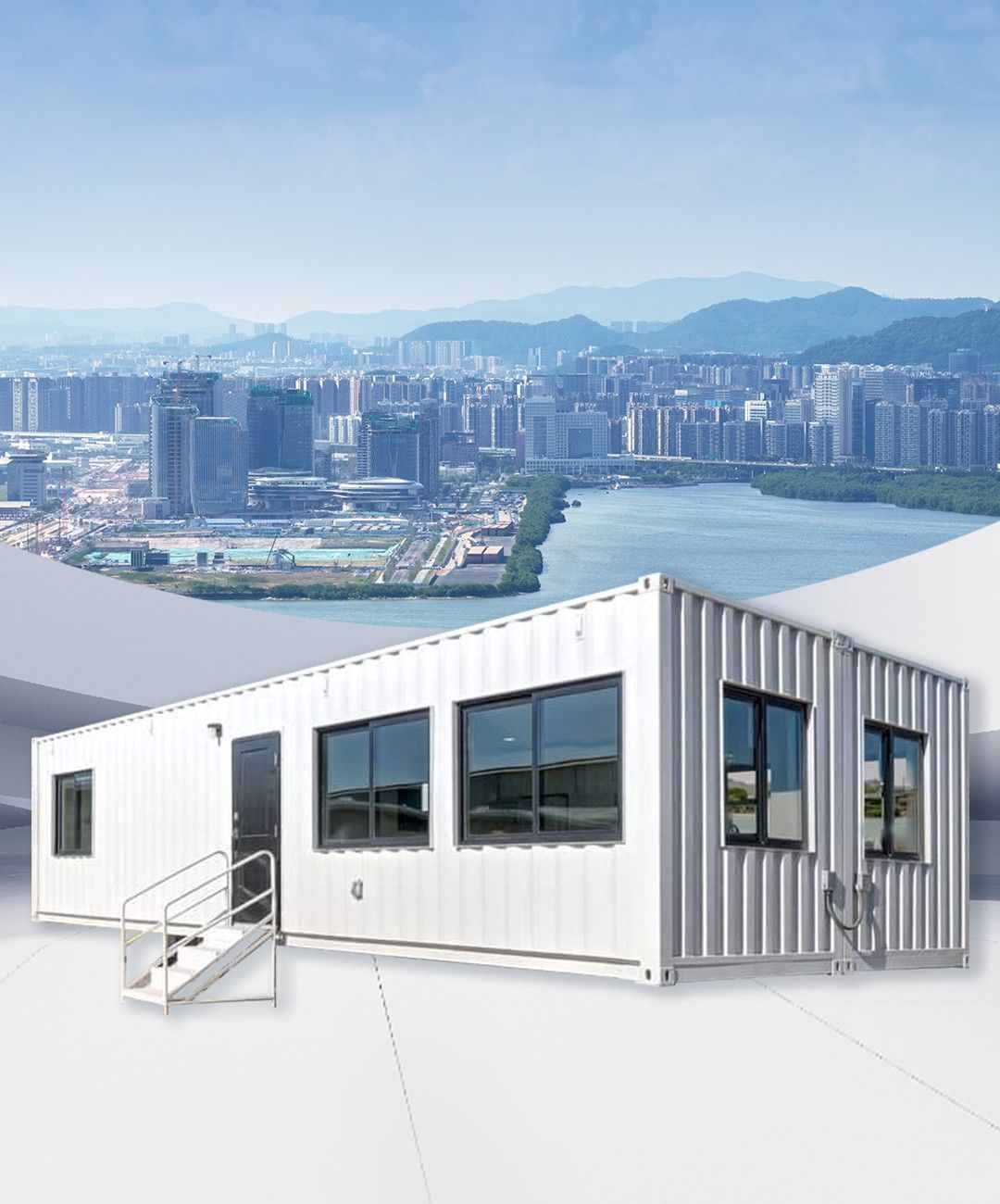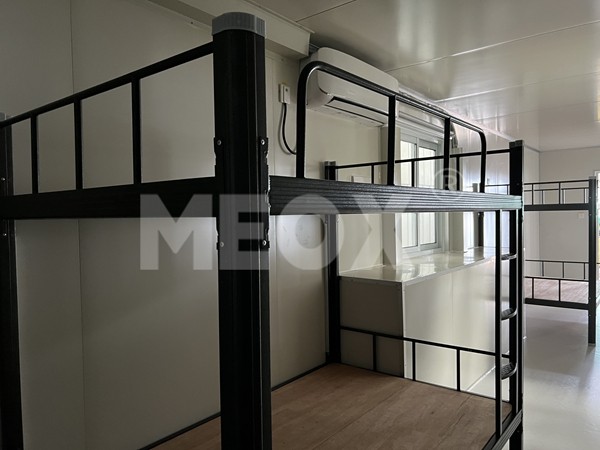The surge in demand for flexible working environments has given rise to innovative concepts like container coworking spaces. These unique spaces, often ingeniously repurposed shipping containers, offer more than just a desk and a chair—they provide an experience that combines creativity, practicality, and sustainability.

One of the outstanding features of container coworking spaces is their adaptability. Unlike traditional office buildings, container spaces can be set up almost anywhere, whether in bustling city hubs or serene suburban areas. This portability allows entrepreneurs to establish coworking spaces in locations where commercial real estate is scarce or exorbitantly expensive. As a result, these spaces open up opportunities for freelancers and startups to work in diverse environments that fuel creativity and productivity.
In terms of environmental impact, container coworking spaces shine as a sustainable choice. By repurposing shipping containers—units that would otherwise contribute to industrial waste—the carbon footprint associated with construction is significantly lowered. Many of these spaces also integrate eco-friendly practices, like solar power utilization, rainwater harvesting, and energy-efficient systems, further establishing their commitment to sustainability. This makes them particularly appealing to environmentally conscious businesses and individuals.

From a design perspective, container coworking spaces offer a fresh aesthetic that appeals to modern sensibilities. The industrial chic style, characterized by exposed metal surfaces and minimalist interiors, creates a trendy and motivating atmosphere. Large windows and glass walls often replace solid structures, allowing for ample natural light and creating a sense of openness and connection with the surrounding environment. For many creatives and remote workers, this atmosphere is a major draw.
Expertise in the design and operation of these spaces is crucial. Operators with a deep understanding of architectural innovation and community building can create environments that aren’t just visually compelling, but also functionally superior. This includes ensuring proper insulation, ventilation, and soundproofing, which are essential for making container coworking spaces comfortable and conducive to productivity. Experts play a key role in adapting these spaces to meet the varying needs of occupants, from tech startups requiring high-speed internet and network solutions to freelancers who might prioritize quiet zones for concentration.container coworking space
Furthermore, container coworking spaces foster a community spirit that is pivotal in today’s network-oriented business world. The close-knit layout encourages interaction among coworkers, paving the way for collaboration and networking opportunities. Regular workshops, seminars, and community events are often hosted in these spaces, providing valuable resources and learning opportunities for members.
The authoritative voice in this field comes from successful case studies around the globe. Cities like Berlin, Tokyo, and Cape Town have embraced container coworking spaces, proving their viability and attractiveness. These spaces not only accommodate remote workforces but also contribute to local economies by transforming unutilized areas into thriving business ecosystems. Testimonials from users highlight the enhanced work-life balance and creative potential nurtured by these spaces, which stands as a testament to their effectiveness.
Trustworthiness in container coworking spaces is deeply intertwined with their operational transparency and user-centric policies. Providing clear membership terms, ensuring security and privacy measures, and fostering a supportive community environment all contribute to the credibility and reliability of these spaces. Users are more likely to commit to memberships in spaces where they feel valued and secure.
In conclusion, container coworking spaces represent an innovative leap in office design, combining flexibility, sustainability, and community engagement. They offer a unique opportunity for professionals seeking an environment that not only supports their work but also inspires it. As the trend continues to rise, these spaces not only redefine where we work but also how we think about work environments, positioning themselves as a sustainable choice for the future of work.





